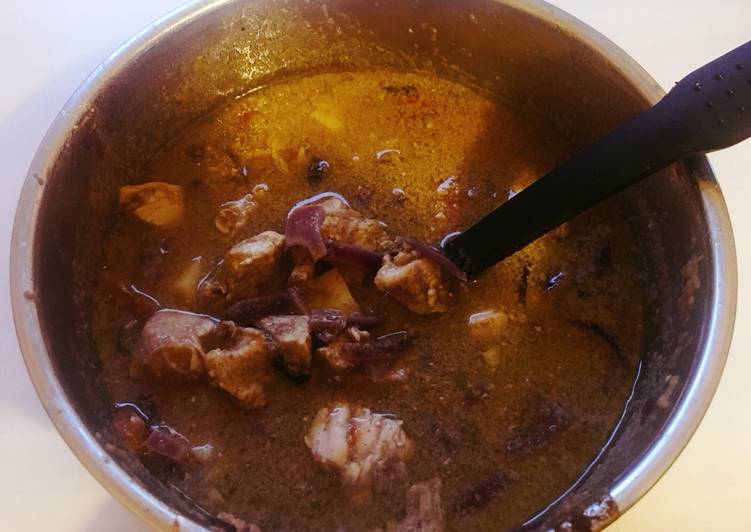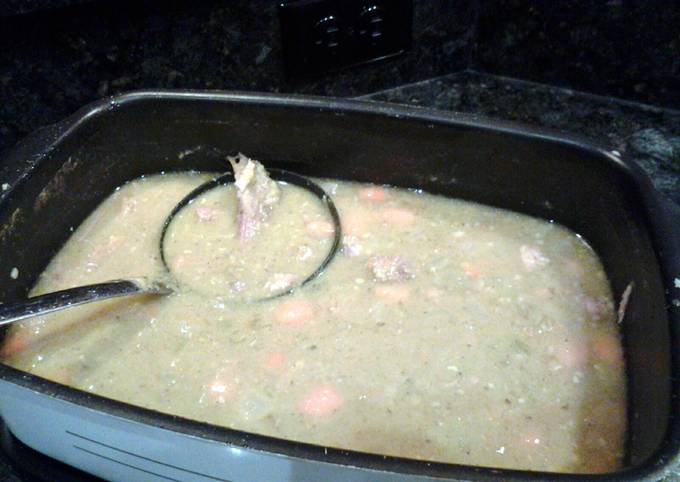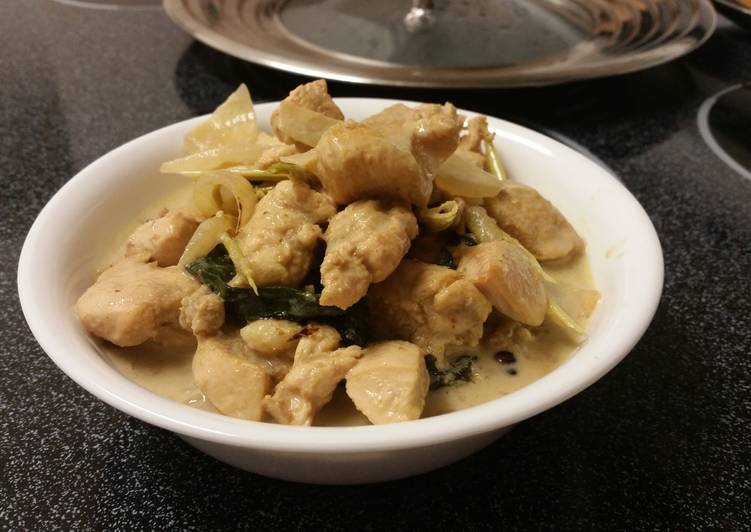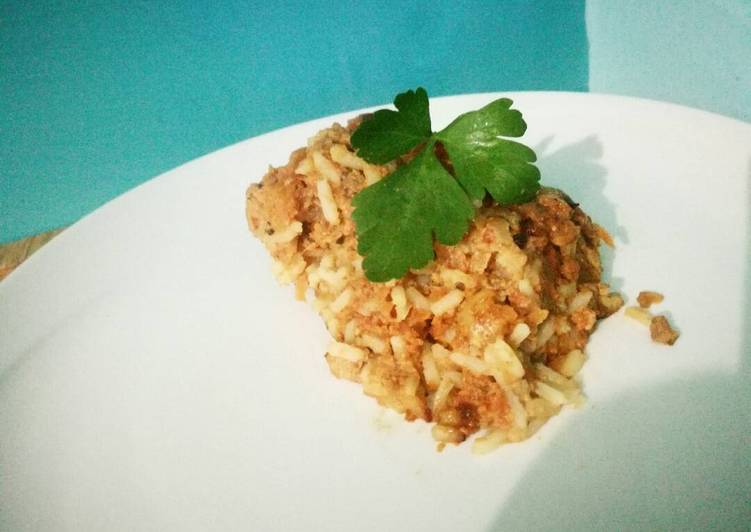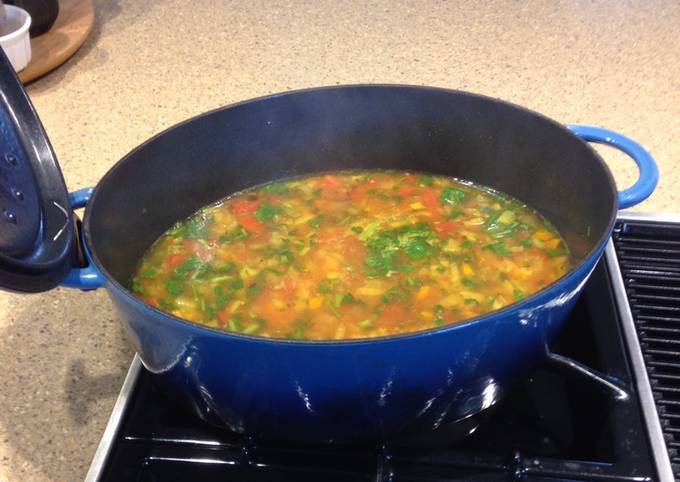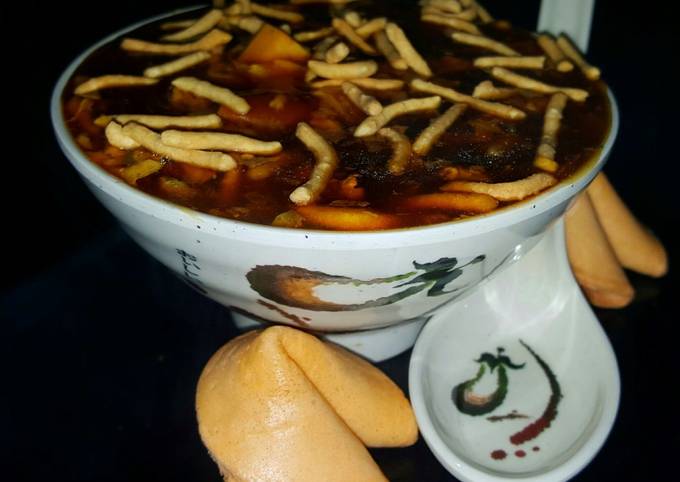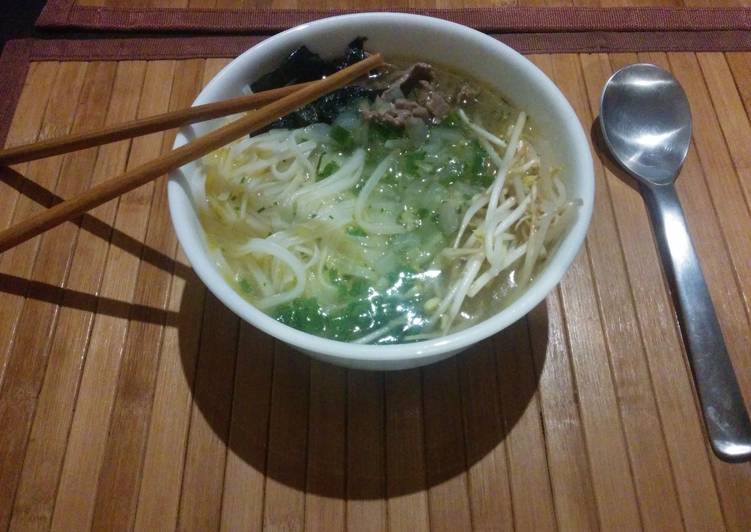
Hello everybody, hope you are having an amazing day today. Today, I’m gonna show you how to prepare a distinctive dish, traditional japanese ramen (with beef). It is one of my favorites. For mine, I’m gonna make it a bit tasty. This will be really delicious.
Traditional Japanese Ramen (with beef) is one of the most favored of recent trending foods in the world. It’s appreciated by millions every day. It’s easy, it is quick, it tastes yummy. Traditional Japanese Ramen (with beef) is something which I have loved my whole life. They are nice and they look wonderful.
Great recipe for Traditional Japanese Ramen (with beef). You can see my broken English subs(blah blah time) /Japanese subs(recipe part) by. Ramen (/ˈrɑːmən/) (拉麺, ラーメン, rāmen, Japanese pronunciation: [ɾaꜜːmeɴ]) (literally: "pulled noodles") is a Japanese noodle soup. It consists of Chinese wheat noodles served in a meat or (occasionally) fish-based broth, often flavored with soy sauce or miso.
To get started with this particular recipe, we must first prepare a few ingredients. You can have traditional japanese ramen (with beef) using 16 ingredients and 7 steps. Here is how you can achieve it.
The ingredients needed to make Traditional Japanese Ramen (with beef):
- Take broth
- Get 1 1/2 liter chicken broth
- Make ready 1 tbsp ginger, finely chopped
- Prepare 1 tbsp red pepper, finely chopped (optional, if you like spicy)
- Make ready 2 tbsp chives, finely chopped
- Take 2 tbsp soy sauce
- Make ready 4 tbsp sesame oil
- Get 2 garlic cloves, finely chopped
- Take 4 grams Hondashi soup stock
- Make ready 2 tbsp scallion tails (finely chopped)
- Make ready dish
- Get 300 grams Rice ramen
- Take 4 tbsp scallions (just the tails), finely chopped
- Take 1 Nori (sushi seaweed) cut in small strips (1x3cm)
- Take 2 thin beef steaks, cut in small pieces
- Get 200 grams bean sprouts
Nowadays, ramen is high in the running for national dish of Japan. Museums have opened dedicated to its history. While it's true that even with strictly Japanese style ramen, some folks see those four classes as distinct, there are plenty of cases where there are overlaps and outliers. Ramen Zundo ~ Japanese - World Square, City.
Steps to make Traditional Japanese Ramen (with beef):
- Prepare all ingredients (chop, cut, etc.)
- Start boiling the chicken broth.
- Meanwhile, heat a pan with the sesame oil, and start cooking the garlic for 1 minute (until golden.) Then add to the pan the soy sauce, 2tbsp of the scallion tails, the chopped chives, the ginger and the red pepper. Cook for ~2 minutes. This will your ramen broth seasoning.
- Pour into the boiling chicken broth the ramen seasoning that you cooked in step 3. Also add the Hondashi soup stock. Keep boiling and stirring the broth for 10 more minutes.
- Meanwhile put the rice ramen in plain boiling water. It will take about 3 or 4 minutes to cook. It should be "al dente." Once cooked, rinse it with cold water to stop the cooking process.
- Prepare the plate: In a deep soup plate put some rice ramen, some 1 tbsp of the remaining scallions, some bean sprouts, 1/4 of the beef and some Nori leave pieces. TIP: try to accommodate these ingredients in the same way for all plates: just looks nice… :)
- Just before serving, pour the prepared broth to fill the plate to serve. Enjoy!
While it's true that even with strictly Japanese style ramen, some folks see those four classes as distinct, there are plenty of cases where there are overlaps and outliers. Ramen Zundo ~ Japanese - World Square, City. A Sydney food blog about ethnic food, street food The following ramen recipe is complete but basic and can be improved on with many variations and other ingredients. Japanese Beef Ramen with Hanjuku Egg. With the recent trip to Melbourne, I.
So that’s going to wrap it up with this exceptional food traditional japanese ramen (with beef) recipe. Thank you very much for your time. I’m confident you can make this at home. There is gonna be interesting food in home recipes coming up. Remember to save this page on your browser, and share it to your family, colleague and friends. Thanks again for reading. Go on get cooking!


